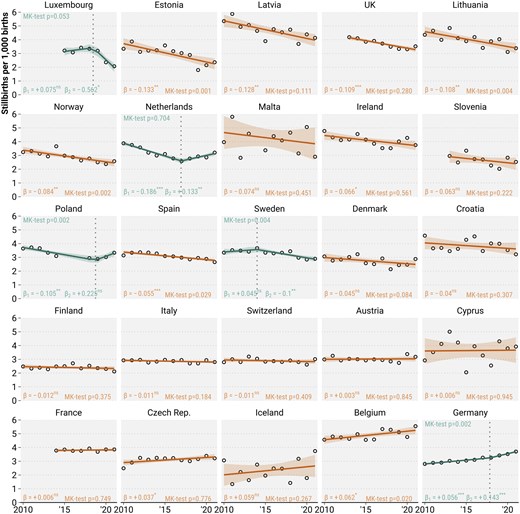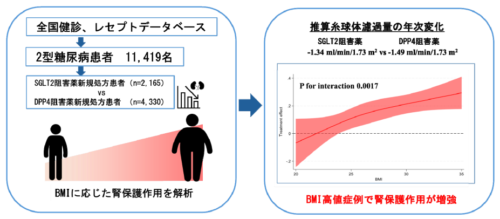2025-02-03 マックス・プランク研究所
<関連情報>
- https://www.mpg.de/24104403/0203-defo-understanding-the-increase-in-stillbirth-rates-in-germany-amid-european-declines-154642-x
- https://academic.oup.com/eurpub/advance-article/doi/10.1093/eurpub/ckae214/7965941
2010年から2021年にかけての欧州25カ国の死産率の動向:母親の年齢と多胎率の寄与 Stillbirth rate trends across 25 European countries between 2010 and 2021: the contribution of maternal age and multiplicity
Maxi S Kniffka, Jonas Schöley, Susie Lee, Loes C M Bertens, Jasper V Been, Jóhanna Gunnarsdóttir, The Euro-Peristat Network
European Journal of Public Health Published:21 January 2025
DOI:https://doi.org/10.1093/eurpub/ckae214

Abstract
Stillbirth rates have stalled or increased in some European countries during the last decade. We investigate to what extent time-trends and between-country differences in stillbirth rates are explained by the changing prevalence of advanced maternal age and teenage pregnancies or multiple births. We analysed data on stillbirths and live births by maternal age and multiplicity from 2010 to 2021 in 25 European countries using Kitagawa decomposition to separate rate differences into compositional and rate components. Rates significantly decreased in six countries, but increased in two. Changes in maternal age structure reduced national stillbirth rates by a maximum of 0.04 per 1000 in the Netherlands and increased rates by up to 0.85 in Cyprus. Changes in the prevalence of multiple births decreased rates by up to 0.19 in the Netherlands and increased rates by up to 0.01 across multiple countries. Maternal age differences explained between 0.11 of the below-European average stillbirth rate in Belgium and 0.13 of the above-average rate in Ireland. Excluding Cyprus, differences in multiple births explained between 0.05 of the below-average rate in Malta and 0.03 of the above-average rate in Ireland. For most countries, the increase in advanced-age pregnancies contributed to rising stillbirth rates over time, while reductions in multiples led to decreases in rates. However, large parts of the trends remain unexplained by those factors. By 2021, neither factor explained the differences between countries, due to increased compositional uniformity and declining stillbirth risk for advanced maternal age.


